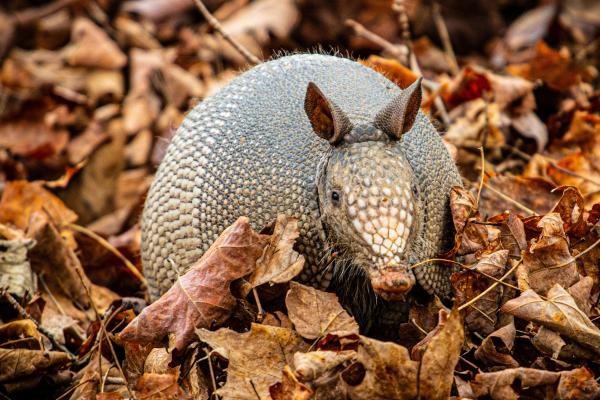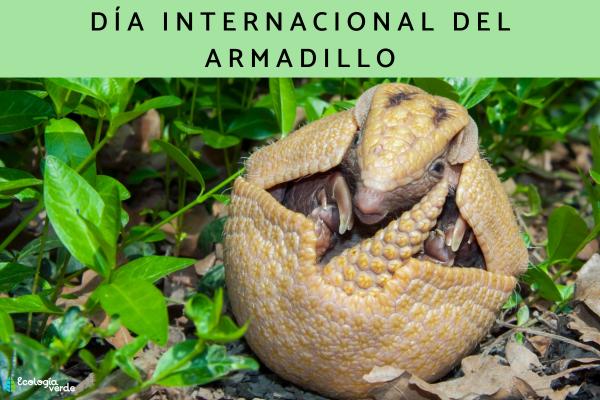Armadillos are fascinating mammals belonging to the family Dasypodidae, notable for their distinctive bony plates that act as protective armor against predators and environmental hazards. Despite being widely recognized worldwide, armadillos currently face multiple threats that have led to a significant decline in their populations, pushing them toward endangerment.

Agricultural expansion, urbanization, and deforestation have severely reduced and fragmented natural habitats vital for armadillos’ feeding and breeding. Habitat fragmentation impedes gene flow, weakening genetic diversity and resilience.
Armadillos’ slow movement and road crossing behavior make them highly vulnerable to traffic accidents, causing significant mortality and reducing reproductive populations.
In some regions, armadillos are hunted for their meat and traded illegally for their shells used in crafts, disrupting ecosystems and threatening survival.
Exposure to toxic chemicals and contamination of water and soil degrade food and water safety, impacting health and reproductive capacity.
Armadillos can carry and transmit diseases, such as bacteria causing leprosy, posing risks to both themselves and human populations.
Extreme weather and rising temperatures alter food availability and habitat conditions, indirectly threatening armadillo survival.

Adult weight ranges from 19 to 33 kg, length from 75 to 100 cm.
Small, thick head with polygonal bony shields covering the back.
Hairless, flesh-colored face.
Approximately 100 uniform teeth.
Flexible grayish armor plates cover most of the body and tail, with yellowish edges.
Large, strong claws on forelimbs up to 20 cm long.
Tongue secretes sticky substance to catch insects, mainly ants.
Excellent sense of smell; poor color vision; nocturnal behavior.
Armadillos inhabit a variety of ecosystems across South America, from Colombia to northern Argentina, primarily in tropical forests, floodplains, and savannas of the Amazon basin. They spend most of their lives in self-dug underground burrows.
Observed annually on August 13, International Armadillo Day promotes awareness and conservation of these unique animals and their biodiversity.

Support and promote habitat conservation efforts.
Drive carefully and reduce speed in armadillo crossing areas.
Avoid purchasing armadillo products and report illegal hunting.
Participate in educational campaigns to raise conservation awareness.
Support scientific research on armadillo ecology and behavior.
Contact wildlife rescue organizations if you find injured armadillos.
Contribute to and volunteer with wildlife conservation groups.
Advocate for legislation protecting armadillos and their habitats.
Learn more by reading about Why the Ocelot Is Also Endangered.
animal tags: Armadillos
We created this article in conjunction with AI technology, then made sure it was fact-checked and edited by a Animals Top editor.